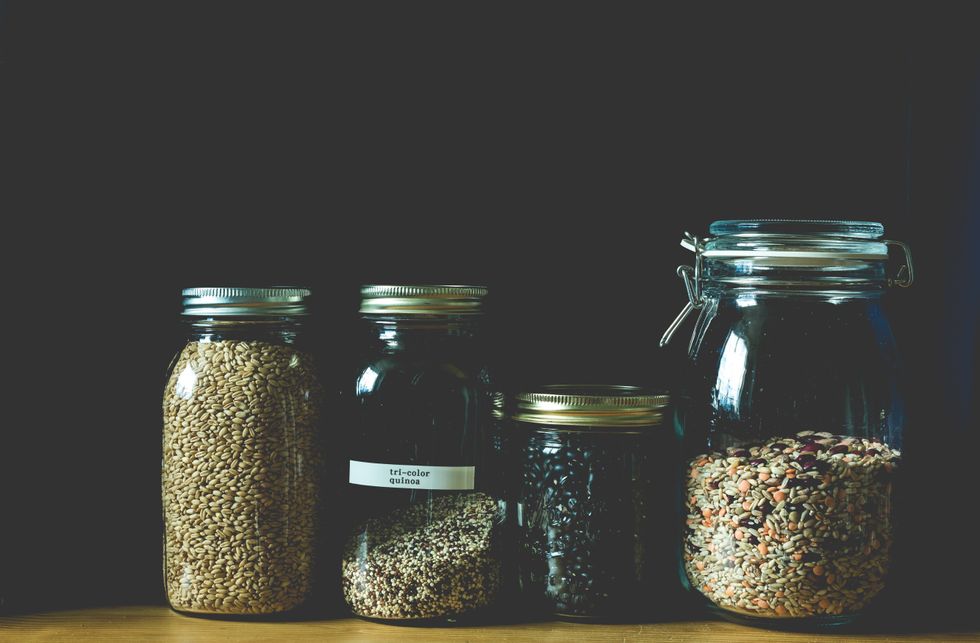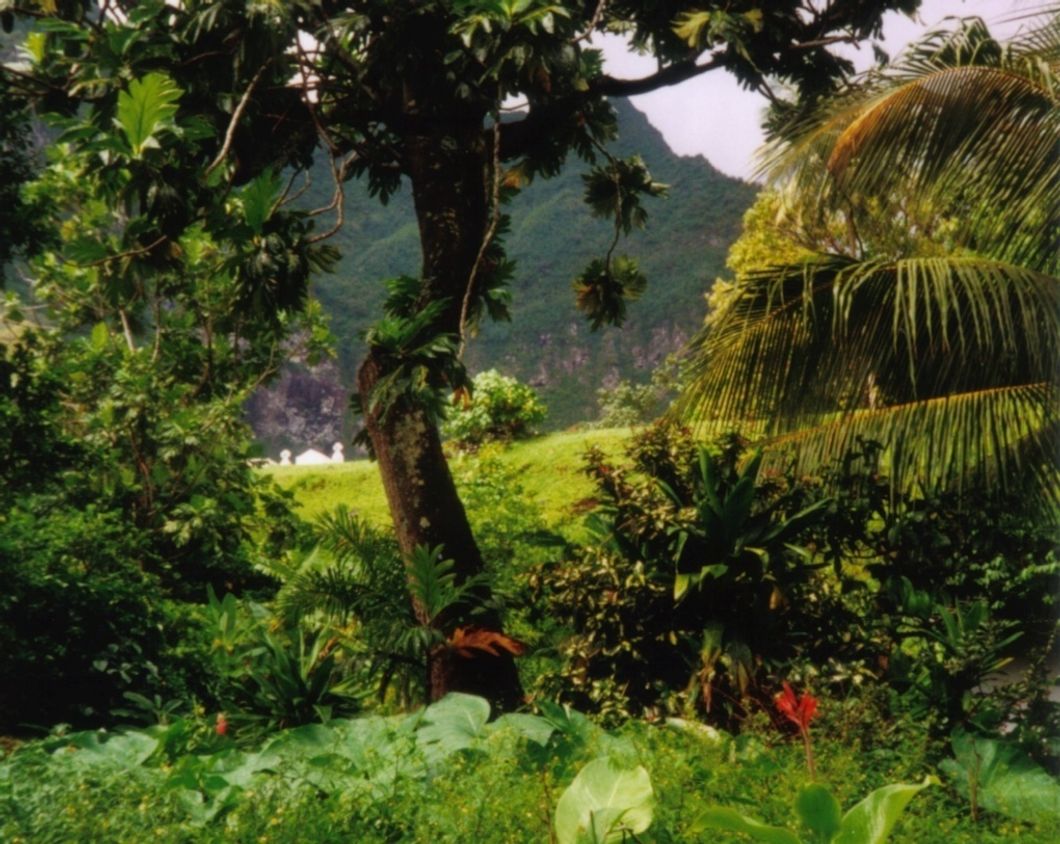Getting Down And Dirty With At-Home Composting
Ready to DIY and save the planet all in one go? Composting is the way to do it!
Composting is simple: it consists of collecting food scraps and yard waste, mixing it all together, and allowing water, heat, and time to turn the natural material into nutrient-rich soil! According to the EPA, 2015 saw almost 40 million tons of food waste, with only 5.3% of it being composted. That's an incredibly low statistic because composting could easily be introduced into the average person's daily routine. Unfortunately, most people either don't think about composting or they don't choose to do it because of various factors. Yes, it may get smelly and yes, it takes a bit of attention to get a result, but it's well worth the effort when it comes down to it.
Composting is one of the best ways to reduce the amount of stuff we're sending to landfills. We already send loads of plastics and recyclable materials to landfill, so why should we be sending natural waste to a big pile of garbage when we can easily reuse it as the soil in our gardens? Plus, this soil will be healthy and nutrient-rich because of all the ingredients that were mixed up to make it. This makes up for the number of chemical fertilizers you might otherwise use, so it's guaranteed to be an all-around healthier garden!
So, how do you get started? Well, depending on where you live, how much space you have, and what types of waste you're most likely to produce, there are plenty of options to kick start your composting habits. The main types to choose from are kitchen composting, a compost pile, or a compost tumbler. If you're wary about starting off or don't produce much natural waste, give a kitchen compost bin a shot. You can order one on Amazon for under $25, or use any container with a tight-fitting lid. You may also want to use compost liners, a plant-based plastic bag that will eventually biodegrade. However, this may end up being an extra cost that most likely would take more time than the food scraps to fully break down.
For an outdoor option, you might pick a pile or heap if you have some open yard space or a need for the disposal of a lot of natural waste. Preferably, this pile should be contained to keep out animals and may be covered with a tarp or a lid to keep in moisture. This option requires slightly more work because the heap must be turned every time something is added to it or at least once a week.
A compost tumbler, on the other hand, makes turning easy by just spinning the bin to toss up the contents. Plus, the enclosed bin will keep in heat and moisture to speed up the decomposition process. This option may be best for an in-between sized garden or a home with less outdoor space. I've seen DIY tumblers made out of barrels and metal rods, or you can easily find one on Amazon.
No matter which option you choose, there are a few things to consider. First, pick a dry, sunny spot that will be protected from the elements and potential animal invasion. Next, collect your materials - more on that below. Then, you can begin to turn the pile weekly or with the addition of new waste. Each time you turn it, add water. It doesn't have to be soaking wet, but the material should be wet throughout the pile. If the pile is warm to the touch, composting has begun! It may also begin to steam in the mornings or cooler weather. When you turn the pile to reveal dark brown soil at the bottom, it's ready to use!
The big question is, what can and can't go into your compost collection? Natural material items are usually separated into "greens" and "browns," or moist and dry natural waste. If you're unsure about whether an item is compostable, just google it! Many charts have detailed information about how to compost any given piece of waste. When adding to your compost pile, you'll want to alternate layers of greens and browns to mix up and disperse the nutrients. It doesn't have to be perfect, but layering it will speed up the process. The main idea is just to add in food scraps and yard waste, but not dairy, meat, bones, or anything treated with pesticides or chemicals. When your finished compost is ready to use, pull it out of your pile and spread it out into flowerbeds and soil mixtures!
Another great aspect of composting is the community. Have too much soil from your compost bin? Offer it to a neighbor! Know someone looking to dispose of their weekly food scraps? Add them to your pile! Or if you don't have the ability to make your own pile, look into a community compost program or find a friend with extra space in their tumbler. Composting is such an underrated means of environmental action, and it's so rewarding in its production of nutrient-rich soil!
And finally, whenever possible, invest in brands creating plastic-free, compostable products. For example, Tayst Coffee makes compostable coffee pods to replace those incredibly wasteful K-Cups. Even if you don't have a compost pile to add them to, the choice to avoid plastic is the right one. As much as possible, support businesses with sustainable goals, and consider the impact that you have on the planet.


























